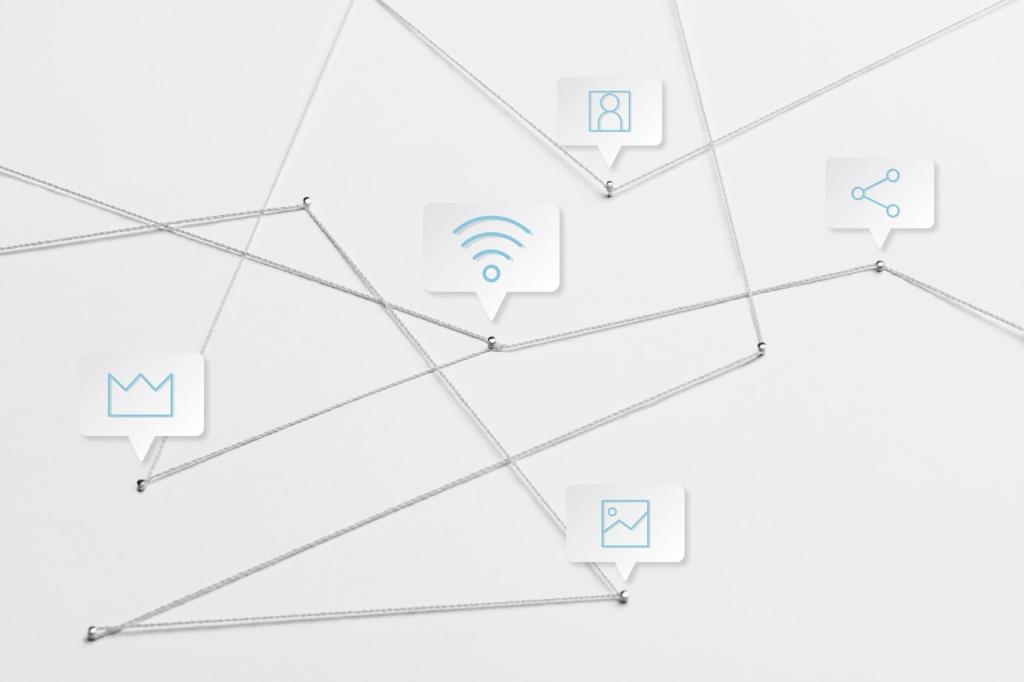Measuring What Matters
Track consent comprehension rates, data‑field reduction over time, incident mean‑time‑to‑notify, and opt‑in retention deltas. Tie these KPIs to product reviews and leadership goals. When privacy metrics sit next to growth metrics, teams reconcile trade‑offs thoughtfully rather than reactively under deadline pressure.
Measuring What Matters
Run adversarial exercises against data flows, consent screens, and internal permissions. Invite cross‑functional observers and publish fixes. Treat near‑misses as gifts. The habit of probing your own blind spots builds resilience—and creates teachable stories your community will want to read and share.







